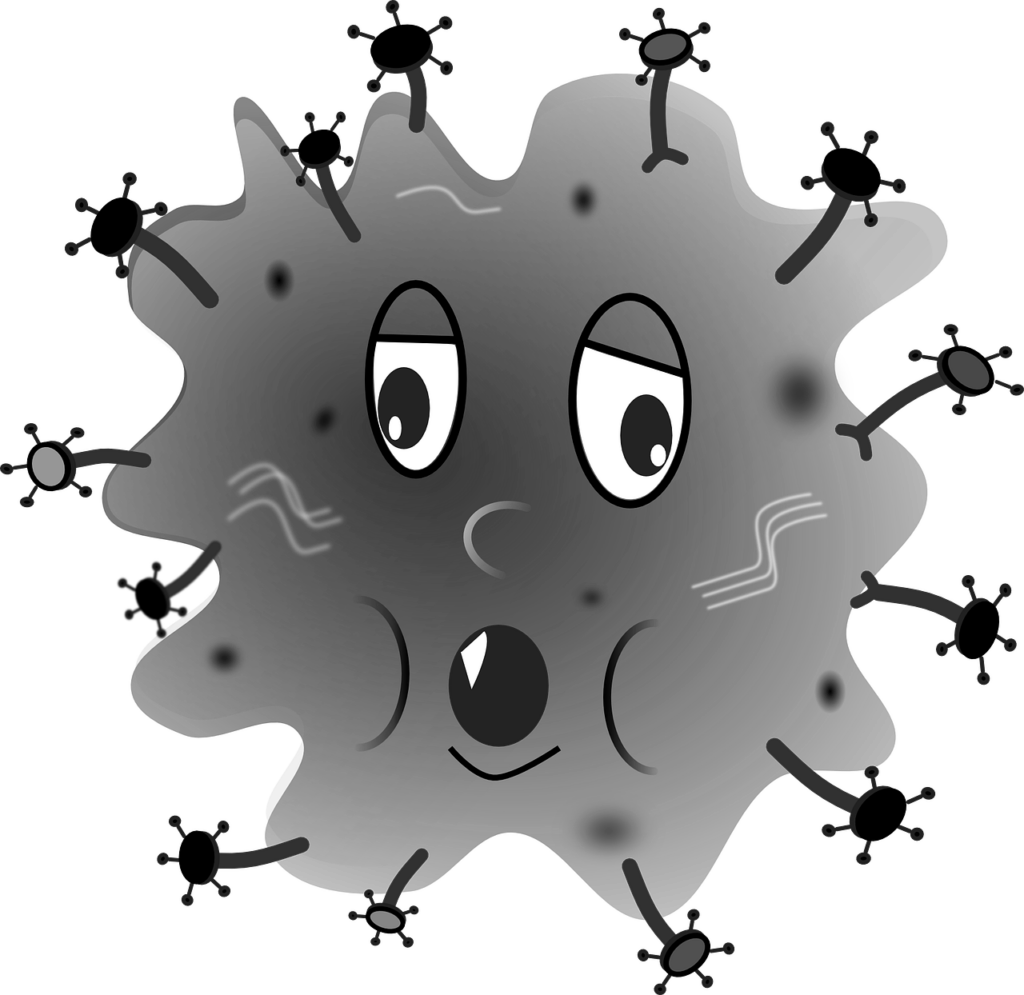
A Personal Odyssey
Experience life through the vibrant palette of autism. Chronicles of triumphs, struggles, and the extraordinary journey towards self-discovery.

Autism is not a viral illness that one can recover from, much like a lost finger won’t grow back. It’s a lifelong condition that one doesn’t get rid of. However, just as you can learn to live with a lost finger and adapt to your circumstances, you can learn to live with autism and adapt to your own conditions.
There are no known cures for autism. Instead, the focus is on developing training and skills for individuals with the condition. Those with high-functioning autism often become adept at masking their disability, creating the illusion of getting “better.” In reality, they’ve practiced living with their disability and found strategies that work. Just as a carpenter who loses a finger learns to use the screwdriver with a different finger, someone with autism learns strategies to function better in society.
But can one become more autistic? The question arose in an autism parenting forum where a parent felt their child’s development was regressing. I don’t believe one can become more autistic as it is an innate disorder. However, like all people, individuals are continually evolving in terms of motor skills, social skills, and, most importantly, personal interests. Adolescence is a time for both neurotypical and neurodivergent children to explore different activities, methods, and interests. Trying out various roles, from entertainer to budding scholar, is a normal part of development, whether autistic or not.
However, it’s conceivable that autism might become more apparent when experimenting with new methods and strategies. Seeking new ways to “hide” autism and fit in may give the impression of becoming more or less autistic, depending on the effectiveness of the new strategy. Yet, the disorder’s magnitude remains the same; it’s just the way we express it that changes.

Developing socially with a social disorder can be incredibly challenging. When you don’t comprehend everything in your environment, numerous attempts may be needed before finding a socially accepted strategy. A supportive environment that allows you to test and try new methods, tailored to your unique journey, is crucial. Some may require more time and space, as everyone is unique and carries their own burdens that influence their progress. For instance, focusing more on improving balance than social interaction during a period of wanting to skate before the season ends might make autism seem worse, even though significant development is occurring in less noticeable ways.
Finally, we come to the group with multiple diagnoses. I’ve seen many parents describe their children as becoming more autistic when taking medication. I don’t believe this is the case. If someone has both ADHD and autism, which is not uncommon, they might suddenly focus differently when taking ADHD medication, making autism more pronounced. Autism has always been there, but the other disorder becomes more visible, masking autism. When you then take medication and alleviate symptoms of one disorder, the other disorder becomes much clearer.
It’s important to note that autism is often misunderstood, lacking understanding among both the public and professionals. Individuals with autism face societal prejudices and misconceptions, leading to misinterpretations and stigmatization. If you’re a loved one, strive to be more understanding than the rest of society. I’m fortunate to have informed and supportive loved ones, which helps me when energy or motivation wanes.
As we conclude this journey through the intricate landscape of autism, let’s remember that understanding, empathy, and connection are the bridges that bring us closer. Each story shared, each perspective explored, adds vibrant brushstrokes to the canvas of awareness.
In the tapestry of neurodiversity, your voice is significant. If this article resonated with you, if you found insights, or if you have a story to share, I invite you to join the conversation. Your comments are not just words; they’re a testament to the strength of our community.
And for those who feel compelled to support the ongoing dialogue, consider sharing a virtual cup of coffee. Your generosity fuels the passion to continue creating content that resonates with you. The “Buy Me a Coffee” button below is an opportunity to show support if you’ve found value in the words shared here.
Thank you for being part of this journey. Let’s continue to learn, grow, and embrace the diverse symphony of life with open hearts and minds.
With heartfelt gratitude, Daniel.



Leave a Reply